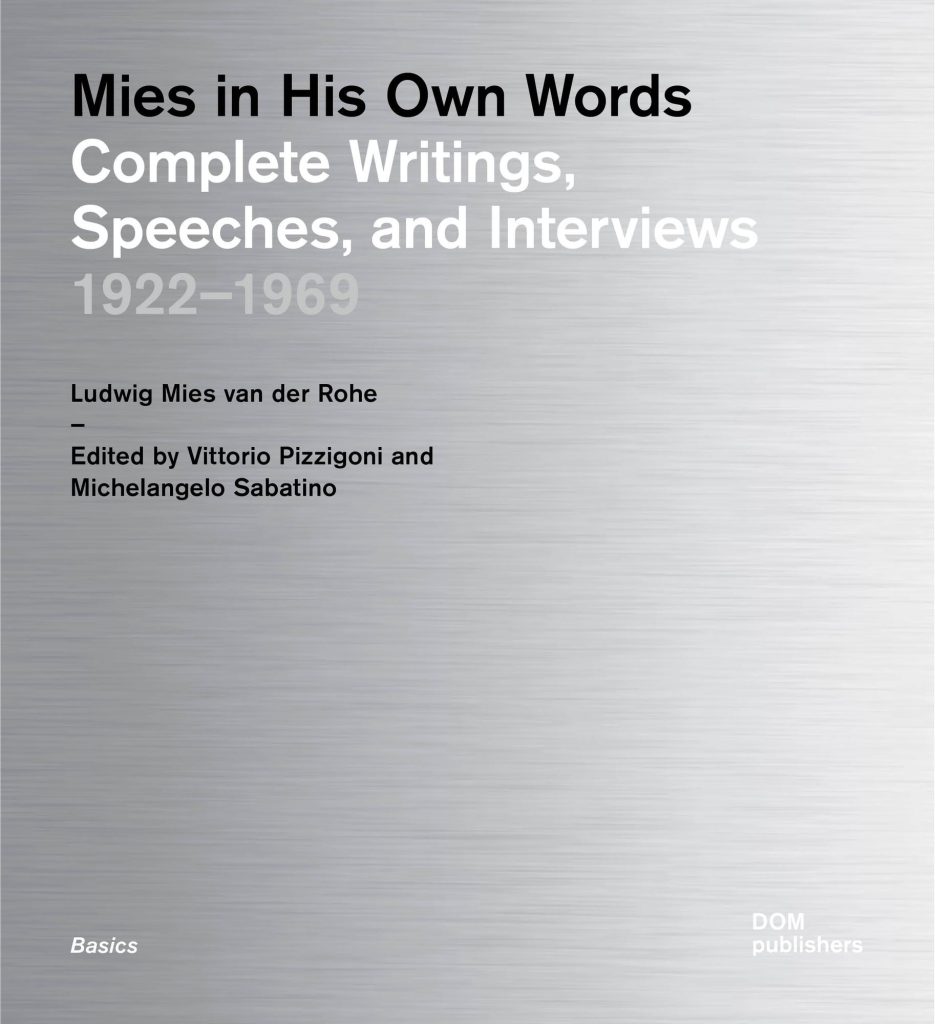Walden

afasiabooks
A comfortable house for a rude and hardy race, that lived mostly out of doors, was once made here almost entirely of such materials as Nature furnished ready to their hands. Gookin, who was superintendent of the Indians subject to the Massachusetts Colony, writing in 1674, says, “The best of their houses are covered very neatly, tight and warm, with barks of trees, slipped from their bodies at those seasons when the sap is up, and made into great flakes, with pressure of weighty timber, when they are green…. The meaner sort are covered with mats which they make of a kind of bulrush, and are also indifferently tight and warm, but not so good as the former…. Some I have seen, sixty or a hundred feet long and thirty feet broad…. I have often lodged in their wigwams, and found them as warm as the best English houses.” He adds that they were commonly carpeted and lined within with well-wrought embroidered mats, and were furnished with various utensils. The Indians had advanced so far as to regulate the effect of the wind by a mat suspended over the hole in the roof and moved by a string. Such a lodge was in the first instance constructed in a day or two at most, and taken down and put up in a few hours; and every family owned one, or its apartment in one. Continue reading Henry David Thoreau




